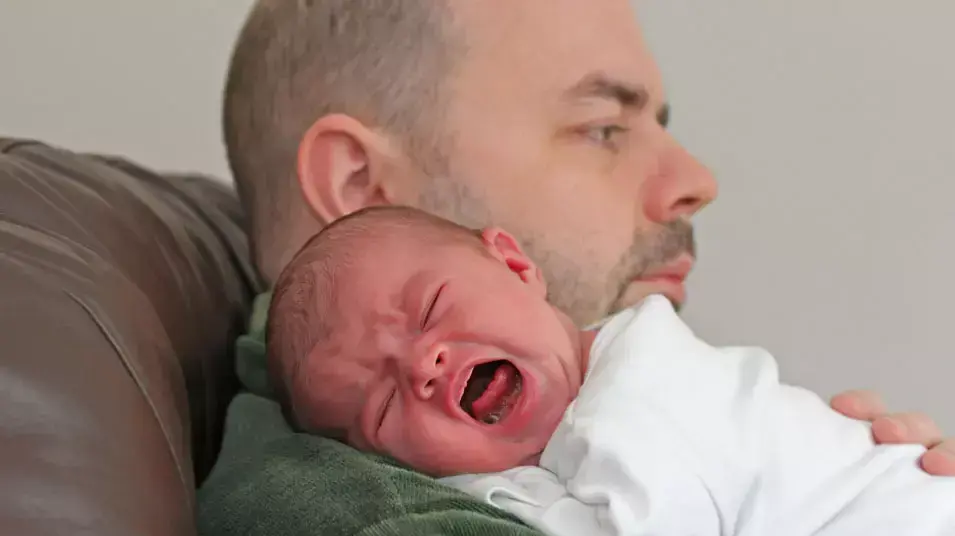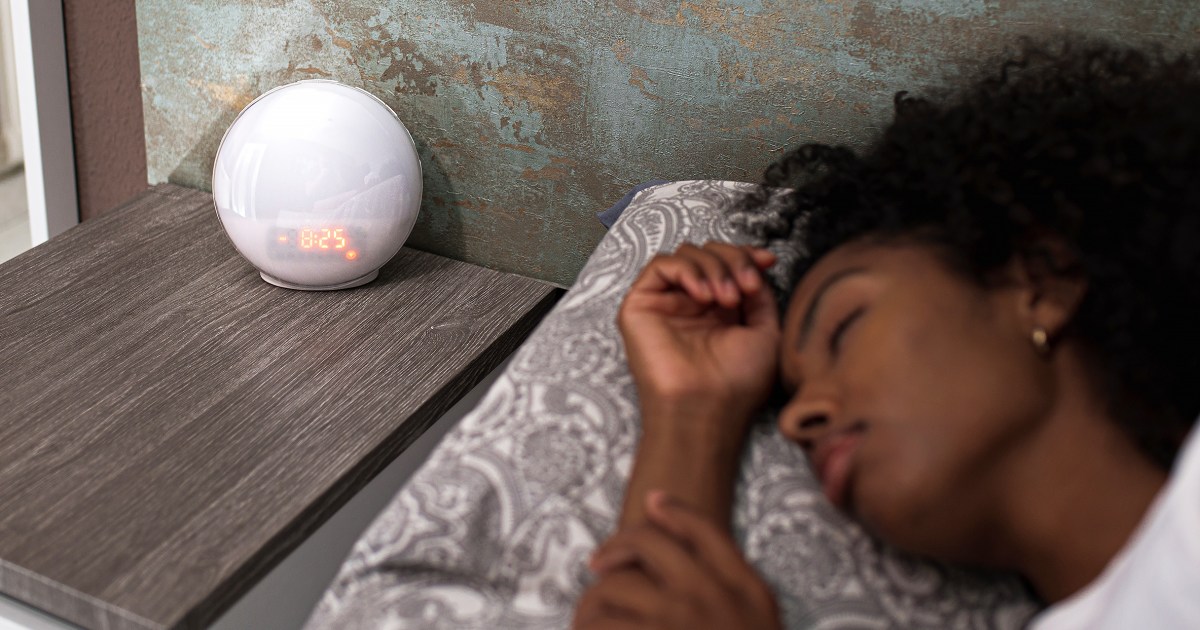Researchers claim to have found a way to put a crying baby to sleep in five minutes
Quite a few parents of babies struggle with their child's sleep, especially during the current period of adaptations.
A Japanese study claims to have found the method to calm a crying baby and even made him sleep.
How do you do the miracle?
Voila system!
health
09/18/2022
Sunday, September 18, 2022, 06:10 Updated: 07:34
Share on Facebook
Share on WhatsApp
Share on Twitter
Share by email
Share in general
Comments
Comments
A father shows a trick to put a crying baby to sleep (Austin Miles Geter/Facebook))
It's the nightmare of every parent - certainly in the current period of adjustment - an exhausted baby who just won't stop crying when it's time to go to sleep.
Or even worse - the baby finally falls asleep but wakes up again and starts crying when placed in the crib.
The solution according to Japanese researchers who conducted experiments with 21 mothers trying to put their young children to sleep is a magic pair of numbers - five and eight.
So does it work?
According to the researchers, you should move with the baby for at least five minutes without sudden movements, which will calm him down, if not make him sleep.
The researchers then recommend holding the baby for another eight minutes before gently transferring him to the crib.
Moving the sleeping baby to the crib without sitting with him for a full 8 minutes ended in heartbreak, according to study author Dr. Kumi Kuroda, team leader of the Collaborative Social Behavior Unit at the RIKEN Center for Neuroscience in Saitama, Japan.
"Although we didn't anticipate it, the main parameter for successful crib transition of sleeping babies was the length of time that passed from the time they fell asleep," said Kuroda. "I raised four children and performed these experiments, but I couldn't even predict the key results of this study until the statistics came in," he added. Kuroda.
Timing guidelines may be helpful for some parents and caregivers, but won't necessarily work for everyone, Dr. Jennifer Shaw, a pediatrician and chief medical editor of the American Academy of Pediatrics' Parenting website, told CNN.
"Different babies don't respond to this system." , said Shaw, who was not involved in the research. "Parents and caregivers should not use this technique regularly if a baby can fall asleep on his own, Shaw added.
The goal should be to make sure that the baby sleeps well using one technique or another, and ultimately to encourage him to fall asleep on his own, both at the beginning of sleep, as well as during the night (when he wakes up)."
A mother holding a crying baby - for Similac magazine (Photo: ShutterStock)
The study, published Tuesday in the journal Current Biology, examined the effect of four calming behaviors on infant crying.
Mothers were asked to carry their baby while walking, walk with their baby in a stroller, hold their baby while sitting, and finally, put their baby directly into a crib or crib.
The researchers monitored the baby's heartbeat and videotaped each session to record and time the response.
During the study sitting and holding a crying baby did not work - monitors showed that the baby's heart rate increased and the behavior continued.
Unsurprisingly, putting the crying baby directly into the crib didn't work either.
Only movement calmed the babies, the study found.
Within five minutes, all babies carried by mothers who moved stopped crying, heart rates slowed and 46 percent of the babies were asleep.
An additional 18 percent of the babies fell asleep within a few extra minutes, the study found.
However, the five-minute walk brought sleep only to crying babies.
"Surprisingly, this effect was absent when the infants were already relaxed beforehand," Kuroda said.
Now for the even harder part: putting babies to sleep without waking them.
A third of the babies in the study woke up immediately after being put down, no matter how gently.
But it wasn't the touch of the bed on a baby's body that woke them up, the study found.
Instead, the monitors showed that the baby's heart rate response increased when the baby was first detached from the mother's body.
However, when babies were held for an additional eight minutes, they entered a more stable sleep state—one that did not change when they were separated from their mothers, the researchers found.
health
parenthood
Tags
babies
crying
baby cry
parents








